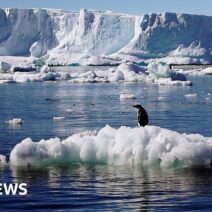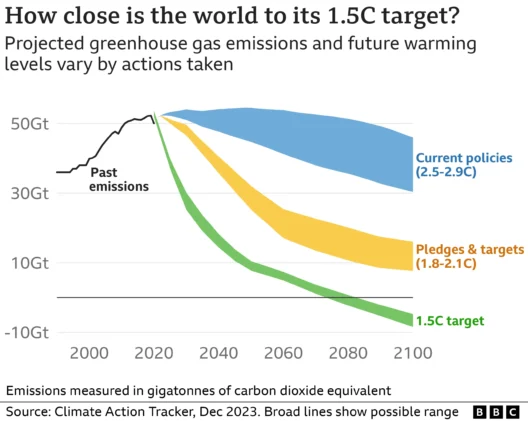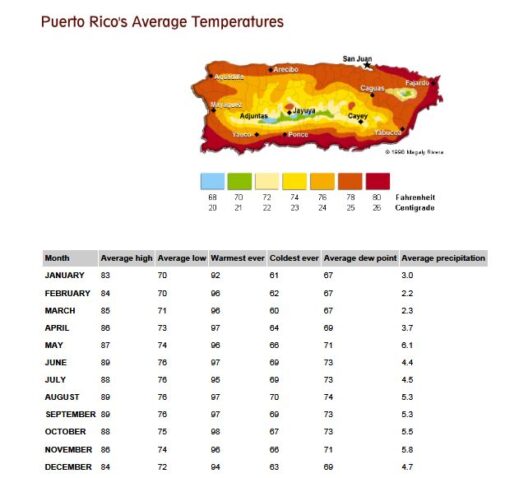Climate change is not merely a distant concern; it is an immediate reality that reshapes ecosystems and influences the lives of countless species. Among its many repercussions, one of the most significant is the alteration of migration patterns among animals. This phenomenon, referred to as “Shifting Sands Shifting Lives,” encompasses various aspects of animal migration, driven primarily by changing climates, and the resultant shifts in habitats, resources, and ecological balances.
In the grand tapestry of nature, animal migration serves as a fundamental thread. This biological endeavor allows species to seek out favorable conditions for survival, including optimum temperatures for breeding, food availability, and safe nesting sites. However, as climate change exacerbates unpredictable weather patterns, extreme temperatures, and habitat fragmentation, animals are compelled to adapt their migratory routes and behaviors. This adaptation process is laden with challenges, consequences, and implications for biodiversity and ecosystems at large.
To understand the complexities of climate-induced migration, it is crucial first to examine the driving forces behind these changes. One primary factor is temperature rise. Many birds and mammals exhibit migratory patterns closely tied to seasonal temperature fluctuations. As warming occurs, these species may leave their breeding grounds earlier in the year or arrive at their winter habitats later than historically observed. An example of this is the North American songbird population, which has witnessed significant shifts in migration timings. Such alterations can disrupt ecological synchrony, leading to mismatches between species, such as predators and prey, creating consequences that reverberate through ecosystems.
Furthermore, habitat loss due to climate change is a pressing concern. Wetlands, forests, and grasslands — vital ecosystems that support diverse wildlife — are increasingly threatened by rising sea levels, desertification, and extreme weather. As their habitats dwindle, many species are pushed into new areas that may not provide adequate resources or shelter. Coastal birds, such as the black skimmer, have been documented moving inland as their beach habitats are submerged due to rising tides. This shift alters local food webs, as their absence from coastal regions affects the species that depend on the same ecosystem.
Another compelling factor influencing migration patterns is the availability of food sources. Climate change affects the phenology of various plant species and prey populations. For instance, flowers may bloom earlier due to warmer temperatures, which can lead to a mismatch in the timing of insect emergence. Migratory birds that rely on insects for food during their critical breeding periods may find it difficult to sustain their young. Such a ripple effect can lead to declining populations and endangered species, underscoring the intricate interdependence of wildlife and their habitats.
The impact of climate change is not limited to wildlife alone; it also has profound socio-economic implications for human communities. Migration is often mirrored by the relocation of local populations, who may suffer from the loss of traditional hunting grounds or fisheries. Indigenous communities, in particular, find their lifestyles drastically altered as the availability of natural resources diminishes. This creates a pressing need for adaptive strategies to sustain livelihoods while conserving biodiversity.
The intricacies of animal migration amidst climate change also present opportunities for researchers and conservationists. Tracking technology, such as satellite tagging, allows scientists to monitor species in real time, providing invaluable data on changing migration patterns and their implications. By understanding these trends, it becomes possible to implement targeted conservation efforts to protect vulnerable species and assist their migratory journeys. This may include the establishment of wildlife corridors, the enhancement of crucial habitats, and the implementation of policies aimed at mitigating climate change itself.
Education plays a pivotal role in raising awareness of the interconnectedness of climate change, migration, and biodiversity. By promoting understanding within communities and schools, stakeholders can inspire action toward sustainable practices that emphasize conservation. Initiatives such as local wildlife conservation projects or community-based environmental stewardship programs can empower individuals and organizations to make a tangible difference in their local ecosystems.
Addressing climate change and its effects on animal migration requires a multifaceted approach, merging scientific inquiry with community action. While the turbulence associated with shifting climates poses significant challenges, it also highlights the resilience of nature and the human spirit’s capacity for adaptation. Ecological restoration initiatives can create vibrant habitats that support diverse wildlife, offering a counterbalance to the adverse effects of global warming.
In conclusion, the phenomenon of climate change and its impact on animal migration underscores the urgency of addressing environmental issues. As species adapt their migratory behaviors in response to shifting ecological sands, a clearer understanding emerges of the intricate layers within our ecosystems. A collaborative effort toward conservation, coupled with heightened awareness and proactive response strategies, can mitigate some of the far-reaching consequences of climate change, ensuring that future generations inherit a planet rich in biodiversity and thriving wildlife.








